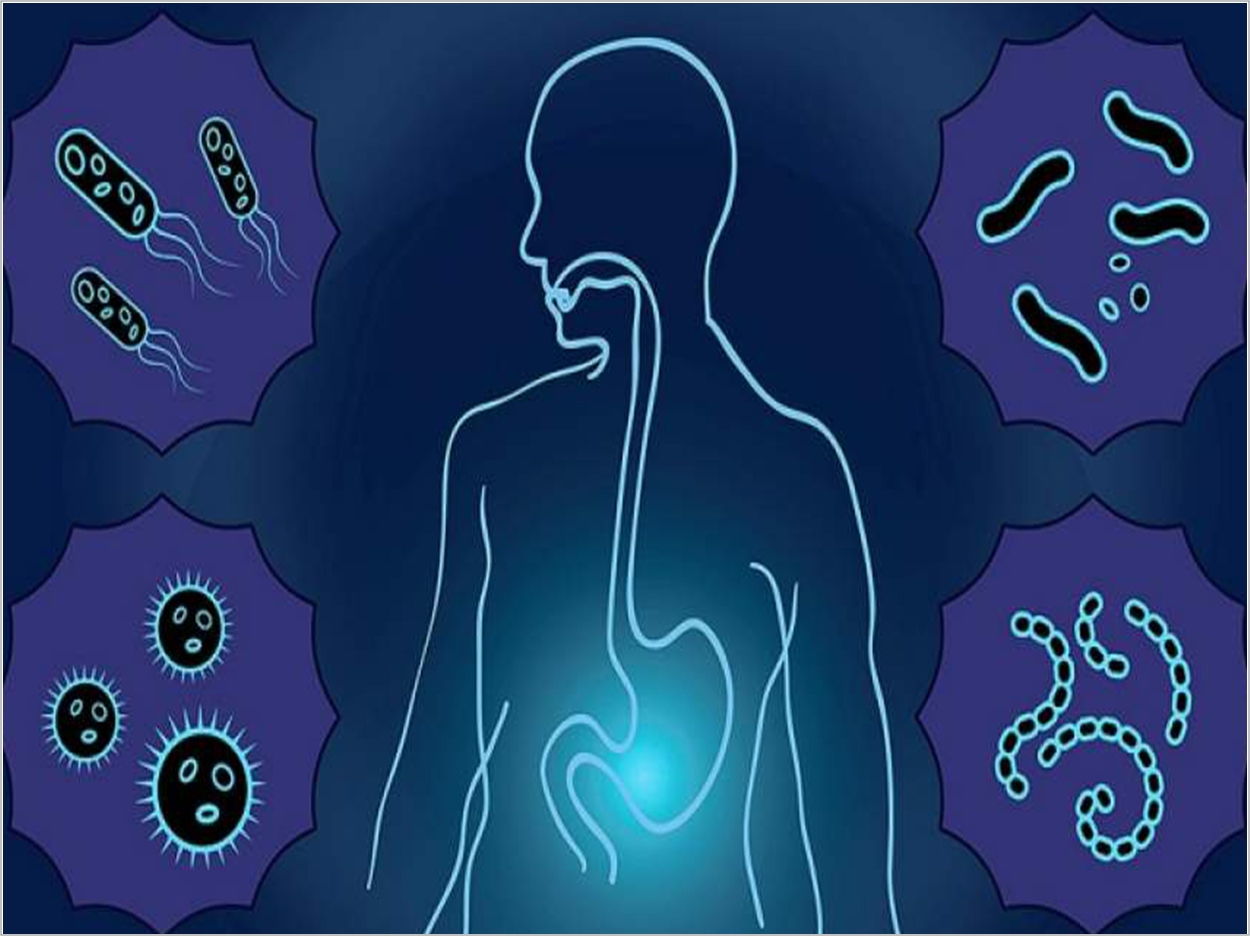
The University of Buffalo (UB) is supporting a pair of projects investigating the links between oral and systemic health through funding from its Community of Excellence in Genome, Environment, and Microbiome (GEM) project. The school believes a greater understanding of the connection between these microorganisms and the body may enable the development of precision medicine and empower individuals to have greater control over their health.
“Changes in the genome, our own or those of the microbes in, on, or around us, have a tremendous impact on human health and our environment,” said Jennifer Surtees, PhD, GEM co-director and an associate professor in the Department of Biochemistry in the Jacobs School of Medicine and Biomedical Sciences at UB. “With these newest projects, UB scientists from across disciplines have come together to dig deeper into these changes and to help establish the infrastructure necessary for precision medicine.”
To better understand how the human genome and microbiome interact to influence health, UB researchers will establish Spit for Buffalo, which will collect DNA samples from volunteer patients at UBMD facilities for use in future studies. Saliva samples will be anonymously linked to each patient’s electronic medical record, and researchers will sequence the genome and oral microbiome to build a resource for future studies. By determining which genes are associated with which diseases, new connections between specific genes and diseases can be made.
UB researchers also will investigate the connection between oral and gut bacteria and the onset and progression of atherosclerotic cardiovascular disease (CVD), or the buildup of plaque around artery walls, eventually blocking blood flow. They will investigate how microbes contribute to plaque formation in the arteries, providing the basis for interventions that reduce the effects of the microorganisms on CVD. Previous studies have found microbes in arterial plaques but have not provided conclusive links to where in the body the microbes originate.
The researchers will use next-generation sequencing and advanced bioinformatics analysis methods to identify and characterize microorganisms in the artery walls and compare the bacteria with those present in oral, gut, and skin microbiomes. Environmental factors such as smoking, blood cholesterol, and periodontal disease also will be explored as potential factors that influence the bacteria-CVD relationship.
Related Articles
Research to Explore the Microbiome’s Influence on Oral Disease
Buffalo Research Center to Examine the Oral Microbiome
White House Launches National Microbiome Initiative












